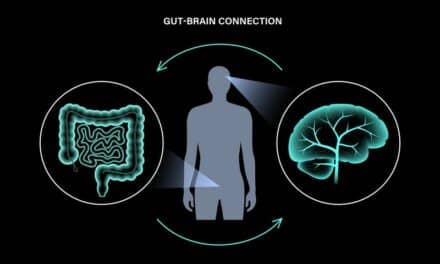A team of University of California, Irvine researchers has discovered a possible reason why L-dopa, the front-line drug for treating Parkinson’s disease, loses efficacy and causes dyskinesia – involuntary, erratic muscle movements of the patient’s face, arms, legs and torso – as treatment progresses.
“Paradoxically, the exact therapy that improved the quality of life for tens of thousands of Parkinson’s patients is the one that contributes to the rapid decline in quality of life over time. L-dopa has been shown to accelerate disease progression through neural mechanisms that are not very well understood.”
— the study’s co-corresponding author Amal Alachkar, PhD, associate professor of teaching in UCI’s Department of Pharmaceutical Sciences
Findings from the study were recently published in ACS Chemical Neuroscience.
Designed to Replace Lost Dopamine
L-dopa and other pharmacological treatments for Parkinson’s are designed to replace the lost dopamine caused by the degeneration of nerve cells in the brain. Although dopamine can’t cross the blood-brain barrier, which lets substances such as water and oxygen pass into the brain, L-dopa can, and it’s used to treat the disease’s motor symptoms. However, 99% of L-dopa is metabolized outside the brain, so it’s administered in combination with an enzyme inhibitor to increase the amount of the dose that reaches the brain to 5% to 10% and to prevent side effects such as nausea and heart problems.
The team studied the molecular binding characteristics of L-dopa and related compounds using an optical technology called surface plasmon resonance to measure interactions between the drug and target proteins. Findings demonstrate that L-dopa and the protein siderocalin combine in the presence of iron to create a complex that may cause a cellular iron overload, leading to an imbalance between free radicals and antioxidants, as well as neuroinflammation in the brain, triggering dyskinesia, fluctuations in mobility and freezing episodes.
As Parkinson’s progresses, lower doses of L-dopa induce these negative side effects, while the dose required to alleviate disease symptoms increases, resulting in a narrow therapeutic window.
“This small L-dopa molecule is certainly mysterious,” Alachkar says. “We’re interested in unlocking L-dopa mysteries and, in particular, understanding how it acts as such a magic therapeutic agent and, at the same time, contributes to disease progression. The formation of the L-dopa-siderocalin complex may play a role in decreasing efficacy by reducing the amount of free L-dopa available for dopamine synthesis in the brain.”
[Source(s): University of California, Irvine; Newswise]





